I happen to be a rule follower. Wait, is following the speed limit a rule? Oh, well, never mind then. But, I do like some rules – especially organizing rules. They help to keep me on track.
Here are 5 rules that I use to keep our home in reasonably good shape. I hope you will consider using them too.
Organizing rule #1 – Purge
Almost everyone I know, including myself, has items in their home that could be considered clutter. If you don’t use it, like it, need it, or want it then pitch it. If it is torn, worn, broken, stained or useless then pitch it. Don’t ponder about someday. Don’t feel guilty about unwanted gifts received or unwise purchases previously made.
If you have too much stuff, its partially due to the fact that you have unresolved feelings about your stuff. Might, could, should, would, and what if are all words, that if found in your vocabulary, mean you need to make more definite decisions about your belongings. Don’t let your stuff own you. Decide if it has earned its right to live in your home. Be picky.
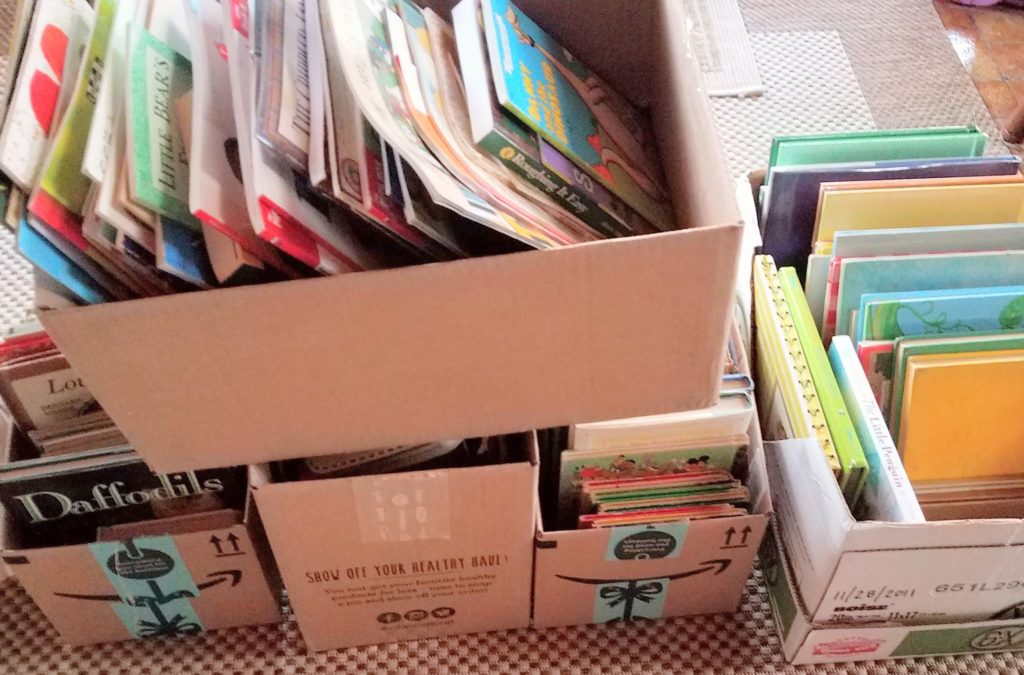
Organizing rule #2 – Designate
Everything in your home should have a place to live. If you look around your home and see piles then you know that your belongings are not in their home. A pile is not a home.
A home is a place where there is space carved out for you. A designated spot where you live. The same goes for your belongings.
Hooks, hangers, shelves, cabinets, drawers, bins, baskets, files – all of these can be designated places for your items. You get to make the decision. And for you creatives, it can be as special as you want it to be. If you want to see all of the colors – then use open shelving and baskets. If you are easily distracted by colors and shapes (and stuff) then use cabinets and drawers. It’s your choice!
I like to help people put items away in zones.
Your A zone is where items you use every day are stored. Coffee cups right above the coffee pot. Laundry detergent right next to the washer. Toothbrush and toothpaste in the top drawer of the bathroom cabinet. Coats hung on hooks by the door.
The B zone is where the items you use every week or two are stored. Your crockpot is in a lower cabinet in the kitchen. Your cleaning supplies for the bathroom are under the sink. Your umbrella is on the shelf of the coat closet.
The C zone is where the items you use occasionally are stored. Your bread pans are stored above the stove. Your guest towels and sheets are stored on a shelf in the guest room. Your ski bibs are in a bin under your bed. Easily accessible but not getting in the way of your daily living.
The D zone is where seasonal items are stored. Your holiday decor is in the attic or top shelves in the garage. Your photo albums are on a top or bottom shelf. Your picnic basket is on the top shelf of your laundry room.
The E zone is nowhere in your house. Please don’t let it be in a storage facility with a monthly rental fee – unless it is a short term solution because of a move or renovation of your home. If something merits being in an E zone it probably shouldn’t belong to you. It simply hasn’t earned its status to belong to you. The E zone should be the thrift store, a consignment shop, or the trashcan.
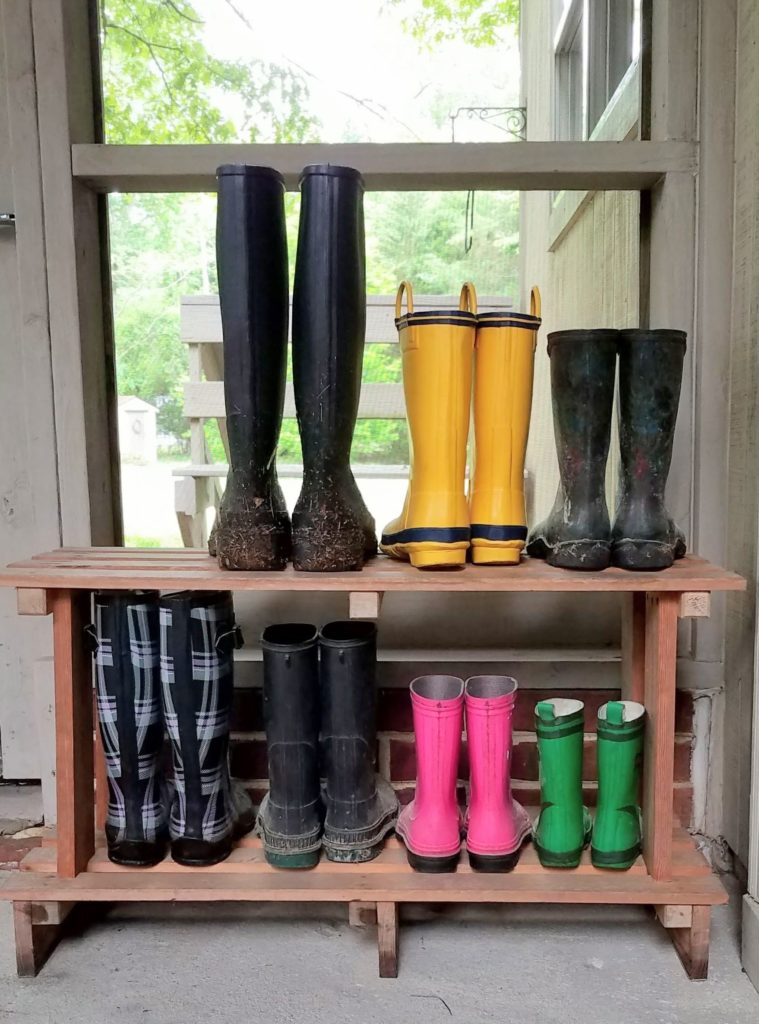
Organizing rule #3 – Simplify
Organizing systems that are too difficult to keep up with will defeat you. Make it easy on yourself by simplifying it. Here is where you get to make up your own rules.
Don’t put extra steps in place for you or your family members like lids on hampers, or stacks of sweaters that topple when you remove the bottom one. Extra steps can also be folding clothing in elaborate ways to store them or keeping shoes in shoe boxes. Do what is easiest for you. I have clients who don’t fold their clothes or match their socks. If it is a simple system that works for you, then it works!
Simplifying is also a time when you can decide that enough is enough. If your child has 15 bins of legos it might be time to let some of them go and decide that 4 bins of legos are more than enough to play with. If you have more clothes than will fit in your closet, then you get to decide what items are worth keeping and which can go. You have more than enough.
If you have books piled around your home it might be time to keep only enough books that will fit on your bookshelves. After all, you can only read so many books over and over again. You have more than enough to read.
Simplifying is also putting like things together. Cleaning products together, craft items together, books together, etc. I like to keep my most used cooking supplies on a tray next to my stove.
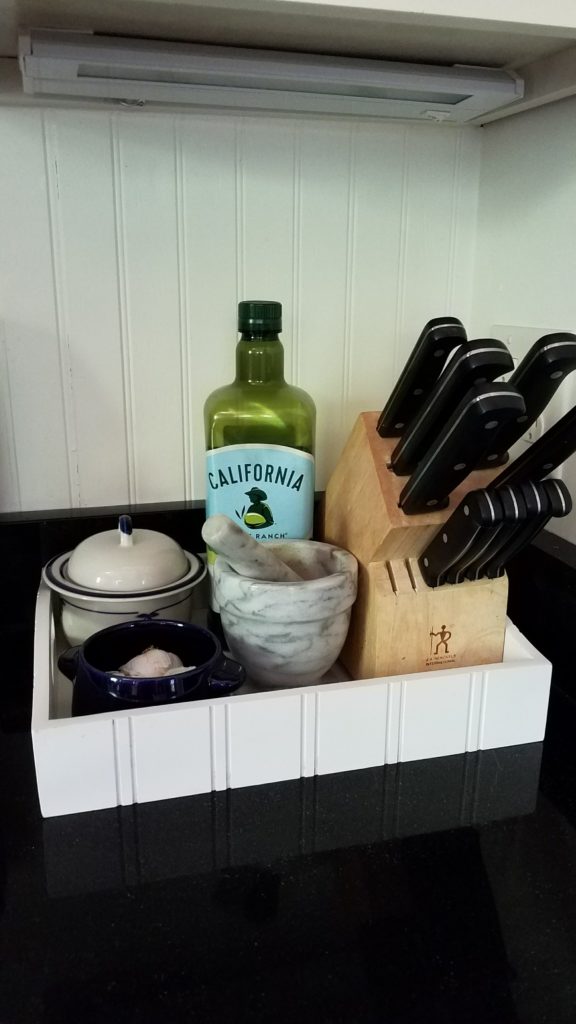
Organizing rule #4 – Label
Labeling is not completely necessary but it is helpful if multiple people use the space or if some of your storage solutions are identical and you can’t see through them.
We have our seasonal bins labeled and stored on top shelves in our garage. The bins are all the same and are opaque so labeling makes it easier to pull down exactly the ones we need. I used my small battery-operated labeler to do this quickly. Large blank stickers and a permanent marker would work great too.
Baskets in my pantry are labeled because they are similar and I can’t see into them while they are on the shelf. I have canning jar lids, storage containers that I use when sending food home with people, and extra shopping bags/plastic bags in the bins. Cute luggage tags work great for larger bins. I labeled my pantry jars since many of them contain powdered items and no one wants to get baking soda mixed up with sugar.
–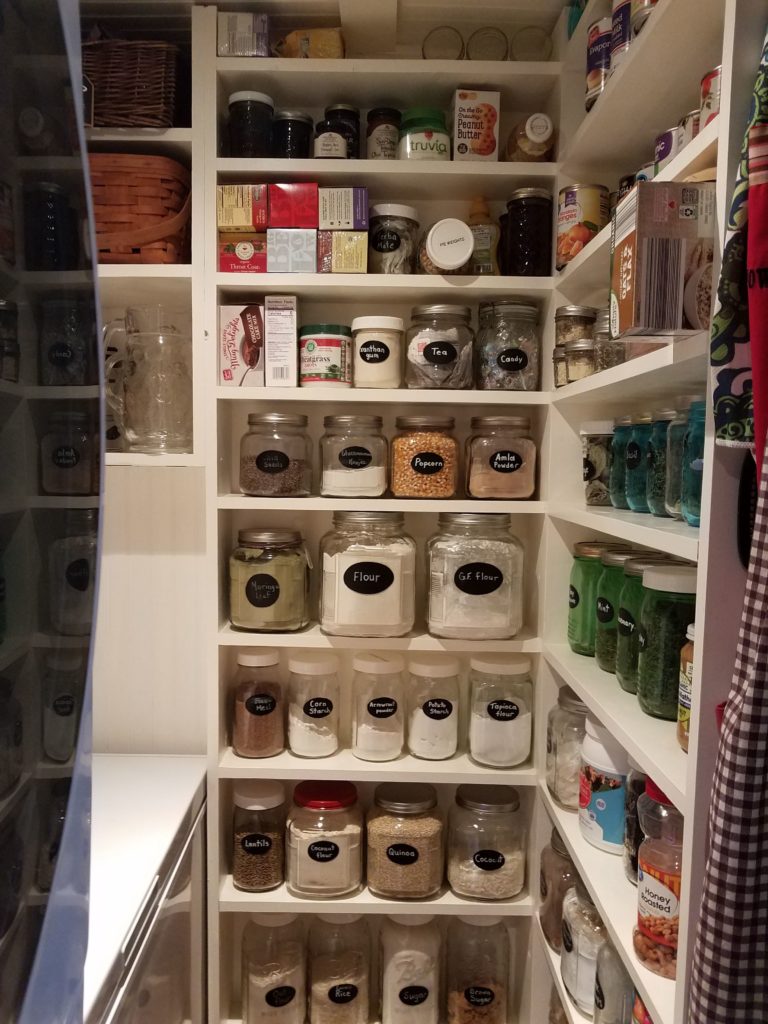
Organizing rule #4 – Maintain
Many an organizing system has gone awry because this rule has not been followed. It might be the most important one.
Maintaining your organized home looks like this:
~Get one/Purge one – When you get a new sweater, give one up. When you get a new fingernail polish, let one go. When you purchase a replacement for something, get rid of the item it is replacing (seems logical but it’s hard for many people to do).
~Do a 10 minute pick up every day. Get the whole family involved. Walk around the house and put everything back in its own home. It will have a home because you followed rule #2. If it doesn’t have a home, either give it one or get rid of it.
~Go through your items at least once every year. For instance, when seasons change, go through your cold-weather clothing and follow rule #1 to make sure you only have items that deserve to be in your home. People and families change and their needs change. There is no merit to hanging onto items you don’t need.
Here is a calendar to use to make it easier: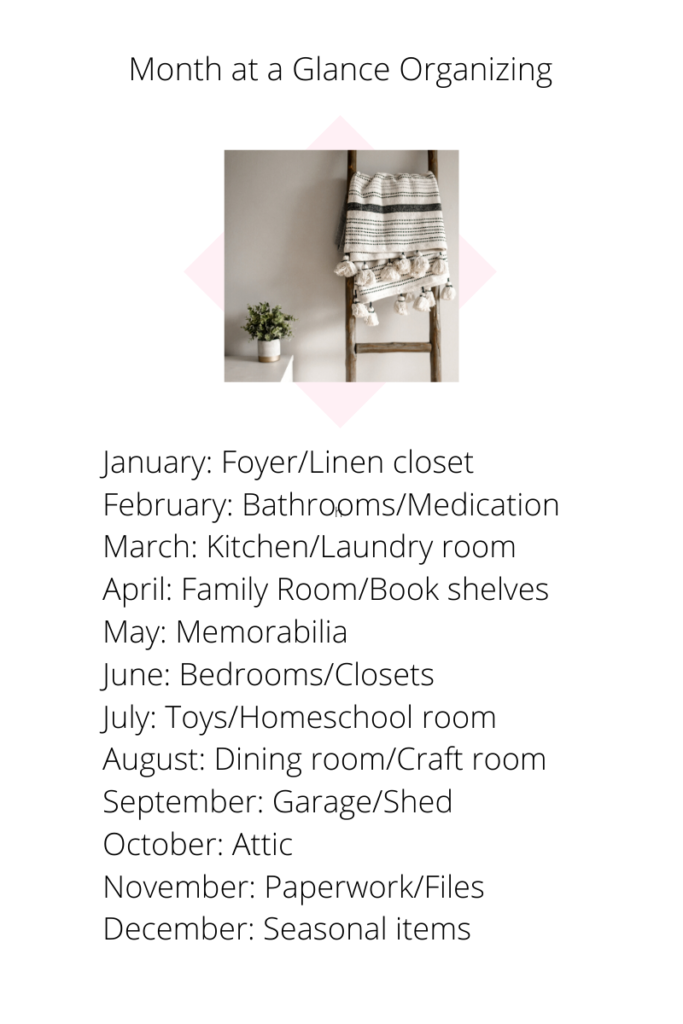
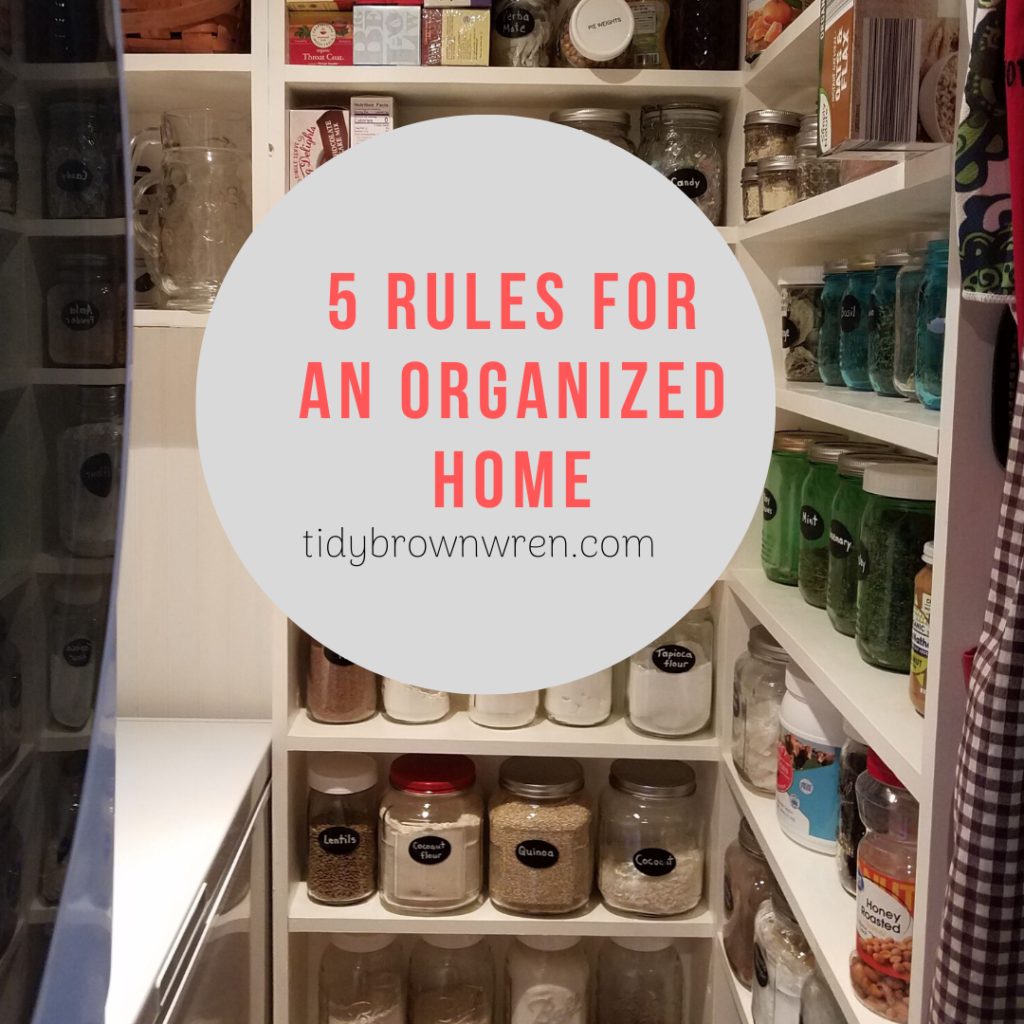


Rules I have accumulated over many years of learning.
They are tried and true.
I love systems and organization.
My motto has been if it hasn’t been touched in a year it’s time to consider giving it life with a new family.; which means donating it.
Hi there….please contact me at 757-515-2147, I would like to use your services. Many thanks. Katrina
Hi Katrina,
I emailed you and messaged you a few days ago. Looking forward to connecting with you.